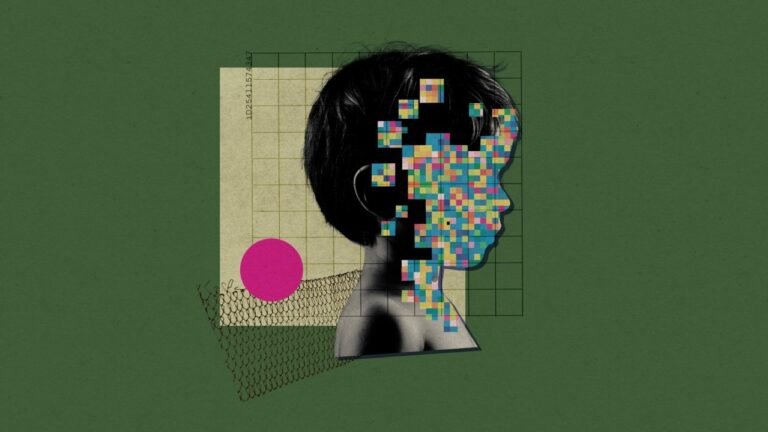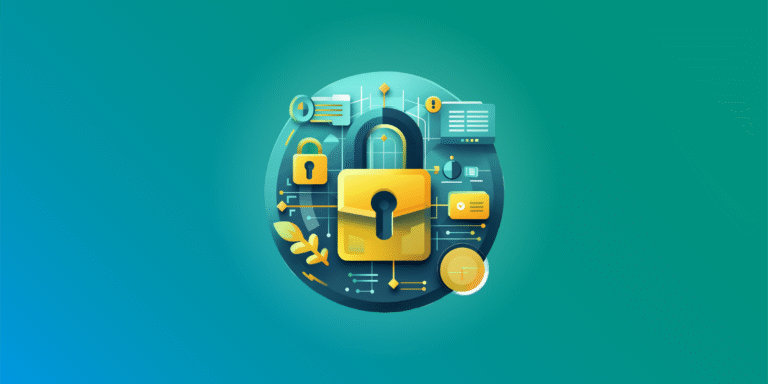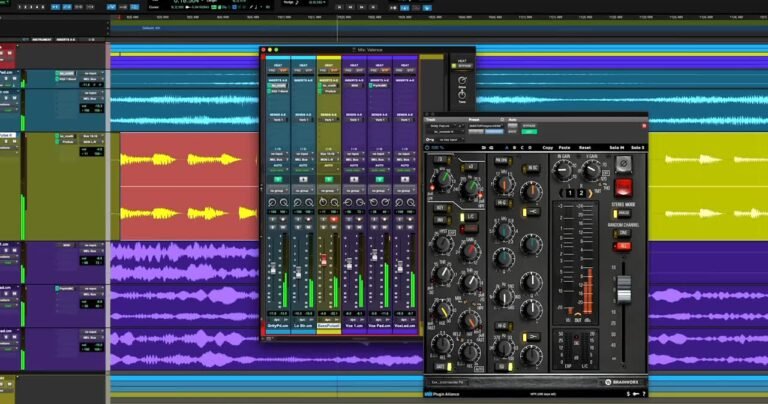Ins A Deep Dive into the Digital Identity Phenomenon
The internet is more than just a tool—it is an evolving culture, a living ecosystem where words, abbreviations, and symbols take on meanings that transcend their original forms. One such term that has begun to carve out its own identity is i̇ns. Though short in length, i̇ns is big in meaning. It is a concept tied to authenticity, individuality, and community in the digital age, making it an emblem of how humans adapt to life online.
This Content explores the origins, cultural weight, psychological depth, and future potential of i̇ns. Whether you are a digital creator, a casual social media user, or a researcher in internet culture, understanding i̇ns can shed light on how online communities communicate, connect, and build identities.
What Exactly is i̇ns?
At first glance, i̇ns might appear to be just a three-letter word. However, it serves as a digital identity marker. Depending on context, it can mean:
- Internet-based self-expression → An identity shorthand for users who want to stand out online.
- Influencer shorthand → A tag often associated with online creators and influencers.
- Individuality → A cultural symbol of being authentic in digital spaces.
What makes i̇ns unique is its versatility. It doesn’t lock itself to one rigid meaning; instead, it evolves with online communities and user creativity.
Origins of i̇ns in Online Culture
The rise of i̇ns can be traced to the intersection of digital slang, social media shorthand, and cultural creativity. Like many internet-born words, it started informally and quickly became a marker of identity.
- Early Online Abbreviation → On forums and chats, users began shortening terms to save time.
- Adoption by Youth → Gen Z popularized i̇ns as a symbol of self-expression.
- Spread via Social Media → Platforms like Instagram and TikTok helped it gain global visibility.
The dotted “i̇” itself adds visual uniqueness. In Turkish and certain alphabets, “i̇” stands out from the English “i,” making the term more eye-catching and recognizable across feeds.
i̇ns as a Social Media Identity
Social media thrives on brevity and symbolism, making i̇ns perfectly suited for the digital age. Its uses include:
- Instagram bios → Users add i̇ns to represent authenticity or individuality.
- Hashtags → #i̇ns is often attached to lifestyle, self-growth, or creative posts.
- TikTok captions → Creators use i̇ns as part of trends and digital branding.
- Twitter/X culture → A conversational marker for personal identity or belonging.
Because it is short and memorable, i̇ns has become a symbolic badge of selfhood in the digital space.
Could i̇ns Be an Acronym?
Though not officially defined, communities have experimented with expanding i̇ns into acronyms. Popular interpretations include:
- Individuals Networking Socially → Highlighting its role in community building.
- Influencers Navigating Society → Emphasizing digital creators’ cultural role.
- Identity in Networked Spaces → Reflecting the psychological aspect of online selfhood.
- Internet Name Symbol → Fitting its function as a branding tag.
Whether or not these become standardized, they illustrate how flexible and community-driven language on the internet can be.
Psychological Significance of i̇ns
Behind every hashtag lies human psychology. i̇ns taps into several universal needs:
- Need for Identity → In massive online spaces, i̇ns helps users feel unique.
- Need for Belonging → Communities using i̇ns create shared meaning and connection.
- Need for Recognition → The tag signals individuality but also attracts attention, balancing uniqueness with visibility.
Psychologists studying digital behavior argue that such terms act as identity anchors, giving stability in a fast-moving, often chaotic online environment.
The Role of i̇ns in Branding and Marketing
Modern branding is less about products and more about personal identity. i̇ns has marketing value because it aligns with:
- Minimalist communication → Brands love short, powerful words.
- Youth culture appeal → i̇ns resonates with Gen Z’s need for authenticity.
- Community-driven marketing → Hashtags like i̇ns make campaigns participatory.
Some digital-first brands already experiment with i̇ns-inspired campaigns, proving its potential as a branding asset.
Cultural Impact of i̇ns
Culturally, i̇ns represents three big shifts:
- From Words to Symbols → The internet prefers shorthand; i̇ns embodies this trend.
- From Globalization to Glocalization → While universal, the dotted “i̇” connects it to diverse alphabets, showing cultural inclusivity.
- From Identity to Community → It balances individuality with shared belonging, reflecting today’s hybrid culture.
In essence, i̇ns is a cultural mirror of how we live, connect, and express online.
Why i̇ns Appeals to Gen Z and Millennials
The popularity of i̇ns among younger users can be explained by five factors:
- Brevity → Attention spans are short; i̇ns is quick to consume.
- Visual Uniqueness → The dotted “i̇” makes it stand out.
- Flexibility → Works in memes, captions, bios, and branding.
- Relatability → Aligns with authenticity-driven values.
- Community Feel → Using i̇ns creates a sense of being “in the loop.”
This combination ensures that i̇ns is not a passing fad but a generational marker.
i̇ns as Digital Humanity
At its core, i̇ns is about human presence in a tech-driven world.
- It reminds us that online profiles are human stories.
- It pushes back against algorithm-driven sameness by celebrating individuality.
- It shows how people adapt language to maintain connection and empathy in digital spaces.
Thus, i̇ns is more than identity—it is a humanizing force in digital communication.
The Future of i̇ns
Looking ahead, the trajectory of i̇ns seems promising:
- Wider adoption → Moving from niche online groups to mainstream branding.
- Evolution of meaning → Just like emojis evolved, i̇ns may develop new symbolic uses.
- Integration with AI and Web3 → i̇ns could become part of digital avatars, virtual reality communities, and blockchain-based identity systems.
The more people seek symbols for individuality in global spaces, the more i̇ns will thrive.
Final Thoughts
The rise of i̇ns underscores how digital culture continually reshapes the way we express ourselves. What might appear to be just three letters is, in reality, a multilayered cultural symbol that blends individuality, authenticity, and community. In an online world dominated by algorithms, filters, and fleeting trends, i̇ns stands out as a humanizing marker of identity.
It empowers individuals to claim their uniqueness, helps communities form around shared values, and provides brands with a tool to engage audiences in genuine ways. Its linguistic distinctiveness, cultural adaptability, and psychological depth ensure that i̇ns is not just a passing fad but a reflection of our times.
FAQs
What does i̇ns stand for?
i̇ns is a versatile term often tied to individuality, influencers, or online identity. Some interpret it as “Individuals Networking Socially” or “Identity in Networked Spaces.”
Why is i̇ns popular on social media?
Its brevity, visual uniqueness, and adaptability make it ideal for bios, hashtags, and captions.
Is i̇ns tied to a specific language or culture?
While the dotted “i̇” originates in Turkish, its adoption is global, showing its cross-cultural flexibility.
How do influencers use i̇ns?
Influencers adopt i̇ns to project authenticity, build relatability, and strengthen personal branding.
Will i̇ns last as a cultural trend?
Yes. Its adaptability and symbolic power suggest it will evolve rather than disappear, much like hashtags or emojis.





